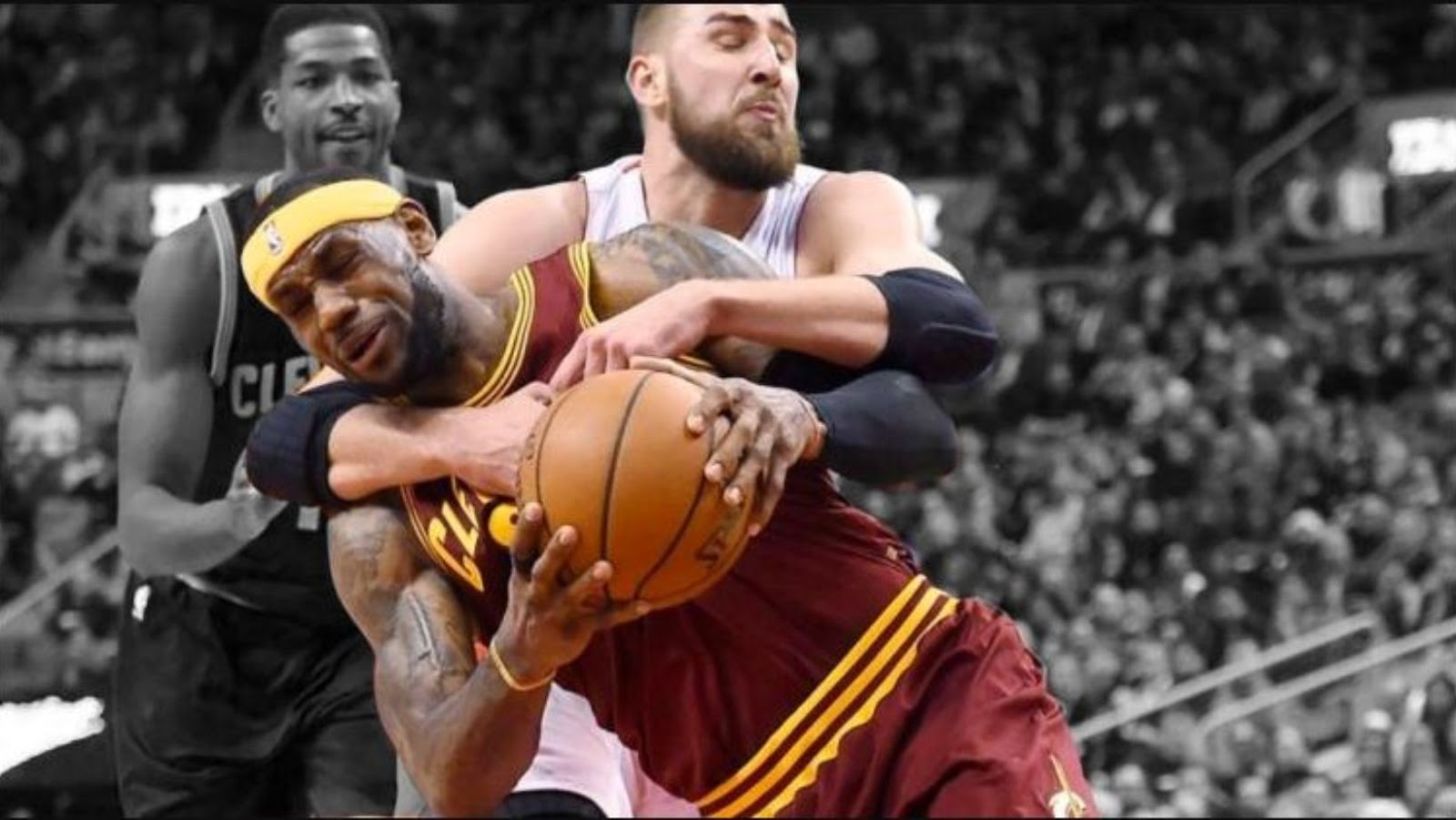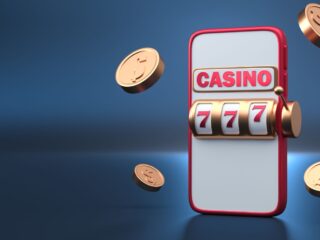
Basketball is a physical sport. There are rules in place to make sure that the game is fair and that players aren’t injured. One of these rules is the foul. There are five different types of fouls in basketball: Personal, Technical, Flagrant 1 and 2, and Unsportsmanlike. Each type of foul has a specified penalty that the officials must follow.
Personal Fouls
A personal foul is probably the most common type of basketball foul. This can be any physical contact with an opposing player whether incidental or otherwise. A personal foul stops play and results in a change of ball possession if committed by the defense or free-throw opportunity if committed by the offense.Personal fouls include:
- Personal Foul (Non-Aggravated) – A personal foul which is not an unsportsmanlike act is penalized by two free throws, provided that the team makes one basket, or if it has been ruled that a goal will not count on the action immediately preceding the foul. In addition, play is resumed out-of-bounds on the sideline, nearest to where play was stopped after the personal foul was committed. If a defensive player commits a personal foul and causes his team to lose possession as well as the ball, then play is restarted with a jump ball between any two opponents in the game.
- Personal Foul (Aggravated) – A personal foul which is an unsportsmanlike act is penalized by two free throws, plus possession of the ball out-of-bounds on the nearest sideline to where play was stopped after committing the offense. If a defensive player commits an unsportsmanlike personal foul and causes his team to lose possession as well as the ball, play is restarted with a jump ball between any two opponents in the game.
Technical Foul
A technical foul is an infraction against the rules but does not involve contact with another player or team official. Technical fouls are often called for delay of game, coaching violations, etc., and are penalized by one free throw attempt plus possession of the ball out-of-bounds on the nearest sideline to where play was stopped after committing the offense.
Flagrant 1 Foul
A flagrant foul is a personal or technical foul that is deemed unnecessary, overly aggressive, or extreme in nature during a game. It carries an automatic ejection. The player is ejected immediately. This is the least severe flagrant foul, meaning that this type of foul does not carry any further punishment beyond being ejected from the game itself.
Flagrant 2 Foul
A flagrant foul is a personal or technical foul that is deemed unnecessary, overly aggressive, or extreme in nature during a game. It carries an automatic ejection and a fine. This type of flagrant foul also carries an automatic suspension if the player is ejected for two flagrant 1 fouls or one flagrant 2 foul within a certain time span.
Unsportsmanlike Foul
An unsportsmanlike penalty occurs when any player, coach, or team staff commits an infraction in an attempt to interfere with or otherwise affect the outcome of a game.
Unsportsmanlike fouls are considered personal or technical fouls, depending on the nature of the infraction. An unsportsmanlike penalty carries an automatic one-game suspension for each offense. An official can tack on extra one-game suspensions to the penalty for each offense if he deems it necessary.
who has the most fouls in nba history
In the NBA, fouling is a common occurrence. Some players are known for their aggressive play and tendency to foul. As a result, they often accumulate more fouls than other players. The player with the most fouls in NBA history is Shaquille O’Neal. He accumulated 4,780 fouls during his career. Other players with high foul totals include Dwight Howard (4,301), Karl Malone (3,966), and Hakeem Olajuwon (3,740).






